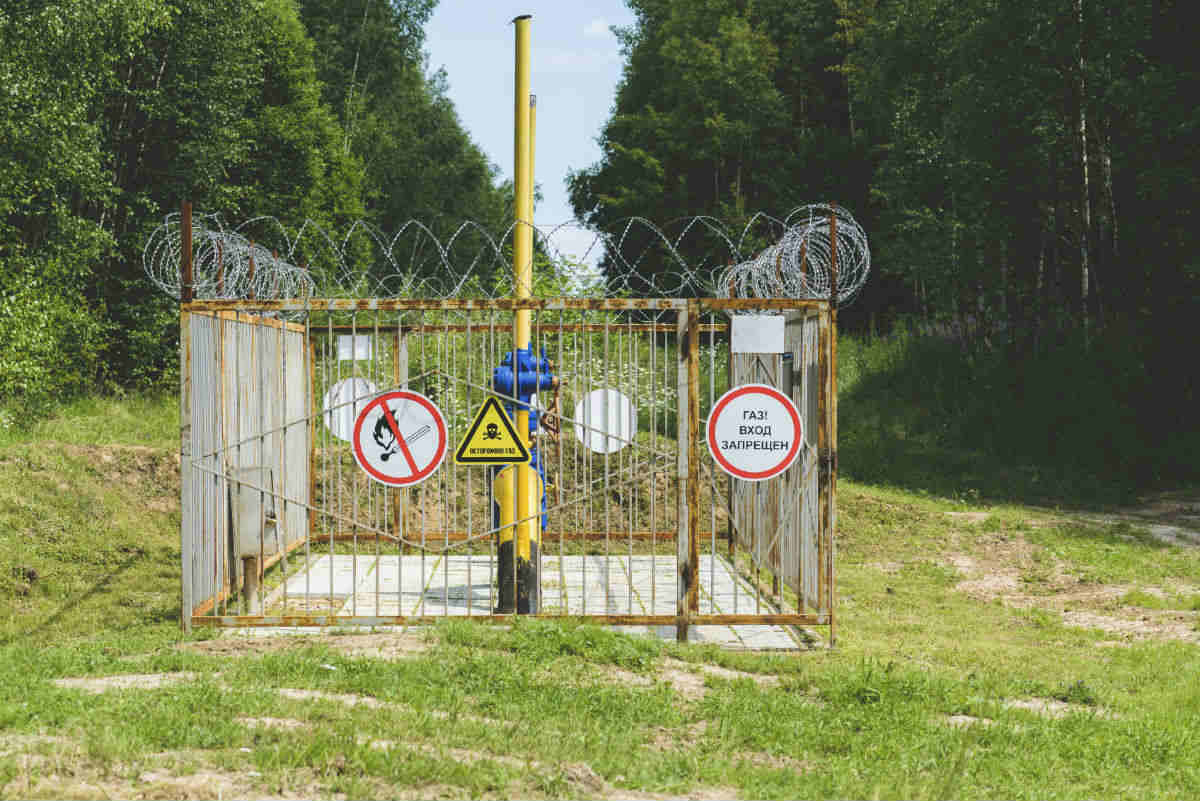A dangerous situation for construction workers involves gas pipeline accidents.

In the U.S., it is estimated that around 14,120 workers suffer thermal burns each year. According to the Bureau of Labor Statistics, the average time that a worker takes off work after a burn injury is five days. In some cases, burn injuries are severe and cause permanent disfigurement and disability. Some burn injuries are fatal.
Burn injuries can be caused by various factors, such as bad wiring in the workplace or faulty equipment. However, at a construction site, one of the most dangerous situations that can cause serious burn injuries is when a gas pipeline accident occurs. If a gas line is leaking or is punctured, it can cause a devastating fire in seconds, leading to catastrophic and even fatal injuries.
Gas Pipelines
Pipeline transport is defined as the transportation of certain goods through a pipe. Gases and liquids are usually transported through a pipline and pneumatic tubes are used for transporting solid capsules using compressed air. Any chemically stable gas or liquid can be sent through a pipeline. Slurry, water, and sewage are most commonly transported through pipelines.
These pipelines present a hazard and can cause workplace accidents, especially in construction environments. In 2014, a tragic incident occurred in which eight people were killed and two buildings were destroyed when a gas pipeline crack caused a fire.
Preventing Gas Pipline Accidents
A gas pipeline accident can happen when construction workers accidentally disturb these pipelines. Municipalities and utility companies know the location of these pipelines and post warnings to prevent digging into a gas pipeline. In a recent accident, a two-alarm fire was started when a gas pipeline was hit by a drilling rig, because the construction company was not given correct information about the location of the gas pipeline. A huge flame was created that endangered around 40 workers who were present on the site. The flame was so hot that the windows in a nearby factory melted. Thankfully, only one worker suffered minor injuries. Other workers escaped the site when they smelled gas.
St. Louis Workplace Injury Lawyer
Workers who are delegated the work of digging and performing other construction-related jobs may have little protection if they are not given correct information on the location of the pipeline. If you are injured in such an accident, consult a St. Louis workplace injury lawyer to understand your legal rights. Call The Law Office of James M. Hoffmann at (314) 361-4300. We can help determine who is liable and ensure that you receive your workers’ compensation benefits.
Workplace Injury and Accident Causes
Asbestos Exposure
Asbestos Removal
Second Hand Asbestos Exposure
Sexual Assault Workplace
Physical Assault at Workplace
Workplace Injuries Assembly Line
At Fault Accident
Workplace Attack
Benzene Exposure
Injured on Lunch Break
Building Collapse
Workplace Bullying
Chemical Exposure in the Workplace
Chemical Hazards in the Workplace
Cold Stress in the Workplace
Combustible Dust Explosion
Computer Use
Construction Site Accident
Conveyor Belt Accident
On the Job Injury Cause by Coworker
Crane Accident
Injuries from Desk Jobs
Diesel Exhaust Fumes Exposure
Digging Injury
Breaking Company Policy
Drowning at Work
Workplace Drug Use
Electrical Workplace Accidents
Elevator Accident
Equipment Accident
Ergonomics in the Workplace
Excessive Overtime
Workplace Explosion
Extreme Danger
Fall at Work
Fire in the Workplace
Slicer Accident
Forklift Accident
Walk in Freezer
Gas Pipeline Accident
Hard Work
Workplace Hazardous Substances
Hazardous Equipment in the Workplace
Heavy Machinery Accident
Horseplay in the Workplace
Danger at Workplace
Insomnia in the Workplace
Jumping Accident
Ladder Falls at Work
Loading Dock Accident
Machinery Accident Workplace
Equipment Failure Accident
Mining Accident
Mold in the Workplace
Nail Gun Accident
Workplace Noise
Non Collision Accident
Heavy Objects
Workplace Office Equipment
Opioid Use
Injury at Work Due to OSHA Violation
Overexertion Injuries at Work
Use of Pain Killers
Power Tool Injury
Inadequate PPE
Repetitive Motion Injuries in the Workplace
Mansfield Bar
Scaffolding Accident
Secondhand Smoke in the Workplace
Side Effects
Silica Exposure
Sleep Disorder
Slip and Fall Injuries in the Workplace
Stairs at Work
Struck by a Vehicle
Tar Fumes
Toxic Chemical Exposure
Toxic Fumes in the Workplace
Car Accident While Working
Trench Collapse
Trips at Work
Unsafe Working Conditions
Workplace Violence
Welding Injury
Winter Hazards in the Workplace
Working Shifts
